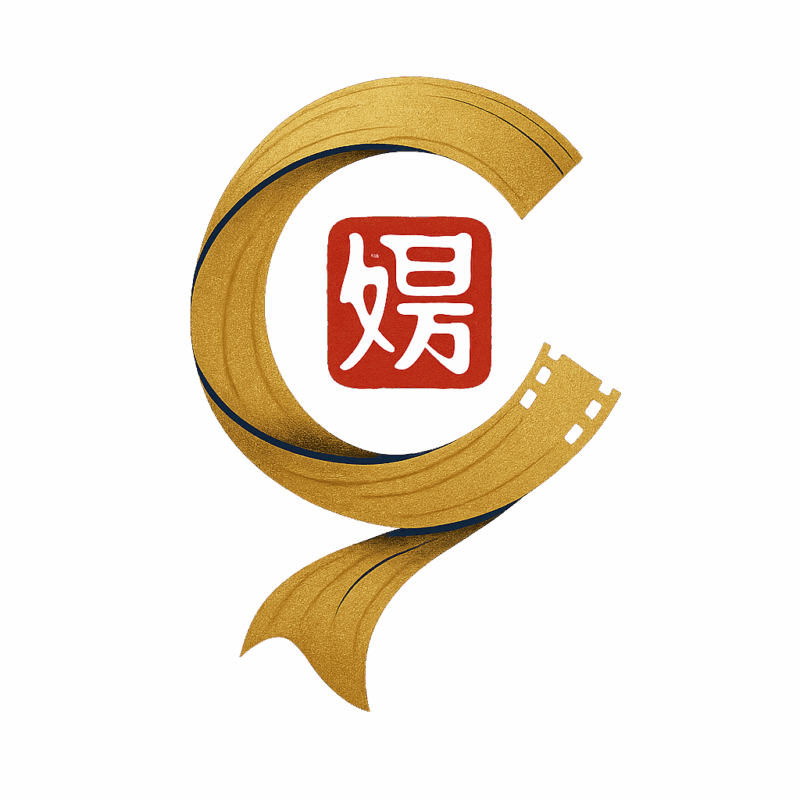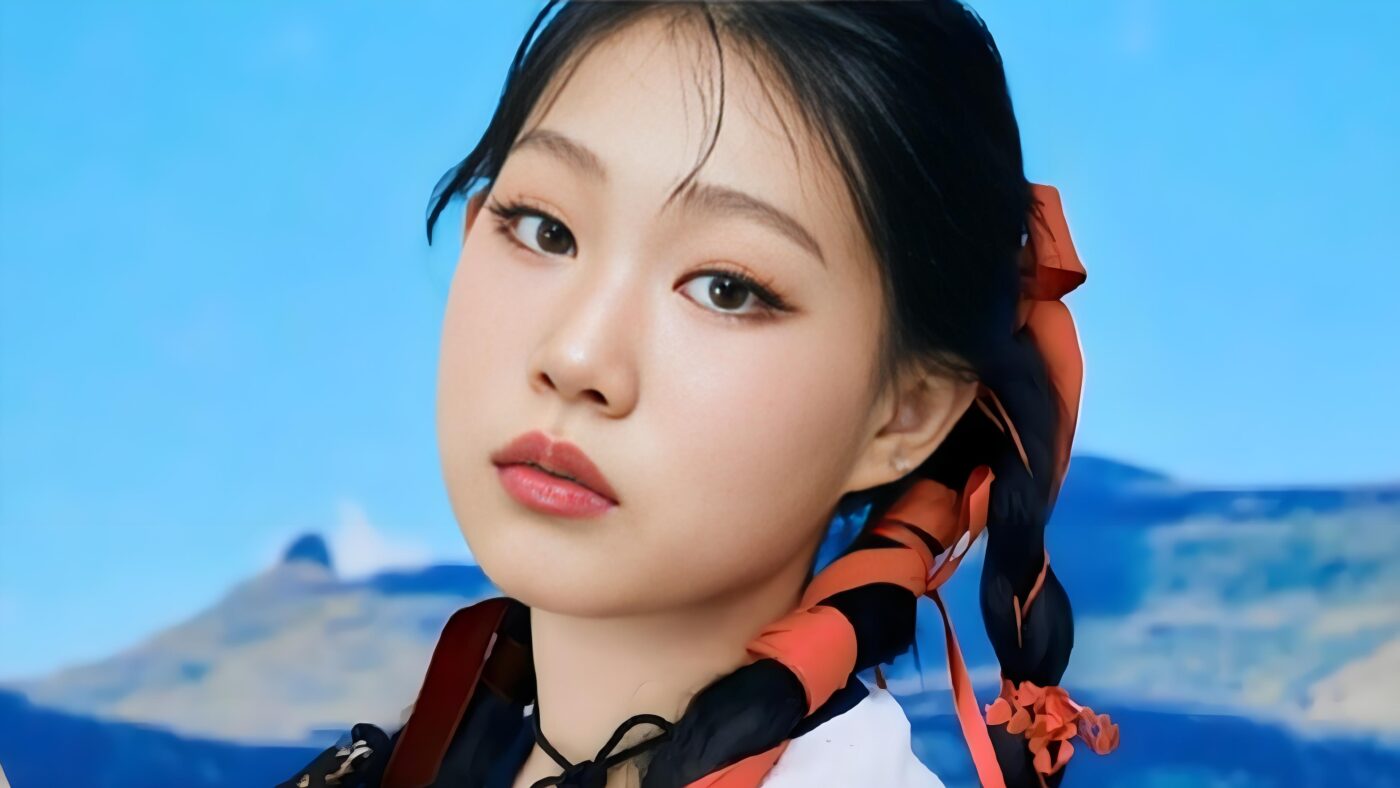The Stage is Set: Heritage, Scrutiny, and a Live-Vocaled Prelude
The debut of Nina Shen (沈佳润), 18-year-old daughter of renowned Chinese comedian-actor Xiao Shenyang, on South Korea’s prestigious M Countdown stage ignited a transnational discourse on nepotism, talent, and the unforgiving standards of K-pop visual culture. As the scion of one of China’s most recognizable entertainment families, Nina’s transition from relative obscurity to the glare of international spotlight—under the stage name NINA—was fraught with amplified expectations. Her performance, notably delivered as a fully live-vocaled spectacle amidst an industry reliant on pre-recorded tracks, immediately distinguished her technically while exposing her to intense aesthetic judgment. The juxtaposition of her raw vocal prowess against critiques of her styling choices encapsulates the complex duality facing next-generation idols crossing cultural borders.
Visual Discourse: The “Tacky” Backlash and the Gong Hyo-jin Resemblance Debate
Fashion as a Battleground
NINA’s inaugural stage appearance featured twin ponytails paired with a retro denim ensemble, a deliberate stylistic nod to Y2K nostalgia. However, this choice polarized audiences across China and South Korea. Netizens lambasted the look as “out of touch with contemporary K-pop aesthetics,” with some accusing stylists of harboring “a grudge against fashion trends”. The criticism highlighted K-pop’s rigid beauty protocols, where visual cohesion often supersedes individual expression.
The Celebrity Likeness Phenomenon
Amidst the sartorial controversy, comparisons to acclaimed Korean actress Gong Hyo-jin emerged. Observers noted similarities in their facial structure, particularly the angular jawline and expressive eyes—a resemblance amplified by Nina’s minimal makeup. This accidental association sparked debates: Was the comparison a backhanded compliment framing her as “actor-visual” rather than “idol-visual,” or did it inadvertently pressure her to conform to Korea’s narrow beauty hierarchy? The discourse revealed how cross-cultural debuts navigate pre-existing archetypes and audience biases.
Artistic Merit: Vocal Authenticity in a Lip-Synced Ecosystem
A Defiant Technical Showcase
NINA’s most significant disruption lay in her unprocessed vocal delivery. In a landscape where even veteran idols utilize heavy backing tracks, her decision to perform fully live—while executing synchronized choreography—was a tactical gamble. Footage revealed stable breath control during high-intensity sequences and resonant high notes that netizens attributed to her mother Shen Chunyang’s vocal legacy. Critics conceded her technical competence, with one reviewer noting, “Her lung capacity defies the industry’s reliance on post-production crutches”.
Audience Reception: From Skepticism to Strategic Acclaim
Initially dismissed as a “nepo baby,” NINA’s performance shifted perceptions. Korean viewers praised her “confident, sharp movements,” while Chinese audiences hailed her as a “genuine talent” contrasting domestic idols dependent on pitch correction. Social media clips of her unfiltered vocals went viral, amassing millions of views across Douyin and Twitter—a testament to global appetite for authenticity in hyper-curated pop spaces. This organic momentum suggests a viable path for artists prioritizing skill over cosmetic conformity.
Cultural Crossroads: Implications for Transnational Idol Development
NINA’s debut transcends personal ambition, reflecting broader shifts in Pan-Asian entertainment:
- Legacy Leverage vs. Individual Merit: Her use of familial recognition to access K-pop’s rigorous training system underscores a growing trend of privileged entry, yet her live vocals demand evaluation separate from her lineage.
- Aesthetic Hegemony: The styling backlash exemplifies tensions between Korea’s standardized “idol visuals” and China’s evolving, diverse beauty ideals—a friction point for future crossover artists.
- Industry Disruption Potential: Her insistence on live performance challenges K-pop’s systemic vocal obfuscation, potentially pressuring agencies to prioritize technical training over pure image crafting.
- Patriotic Backlash Risks: As Chinese netizens celebrate her “unfiltered talent,” Korean traditionalists critique her as an “outsider” exploiting their system—revealing persistent nationalist undercurrents in regional entertainment.
NINA’s journey—torn between inherited fame, artistic integrity, and cross-cultural aesthetics—positions her as a litmus test for the next era of transnational stardom. Her ability to convert scrutiny into sustained relevance will depend on balancing authenticity with strategic adaptation in an industry that rewards neither naively.

